Hello there!
How have your holidays been? We know that many of you are gearing up for the biggest party of all tomorrow night: New Year's Eve!
And as with any big party, you may have been getting a lot of your supplies together to make for an epic bash. Hats, horns, sparklers, streamers ... maybe even some glitter!
Glitter—those super tiny, colourful, reflective squares—makes everything shimmer and gleam. Sadly though, it is also made of toxic plastic, making it a pain to clean up and yet another contributor towards the serious problem of microplastic pollution. As much as a party should be about letting loose, no one wants to make that kind of mess.
But a team of engineers at the University of Cambridge have a solution. Biodegradable glitter!
Made from cellulose, a material found naturally inside plants, this stuff is just as shiny as normal glitter. But it naturally breaks down, leaving behind no waste. Party on!
The magic of cellulose
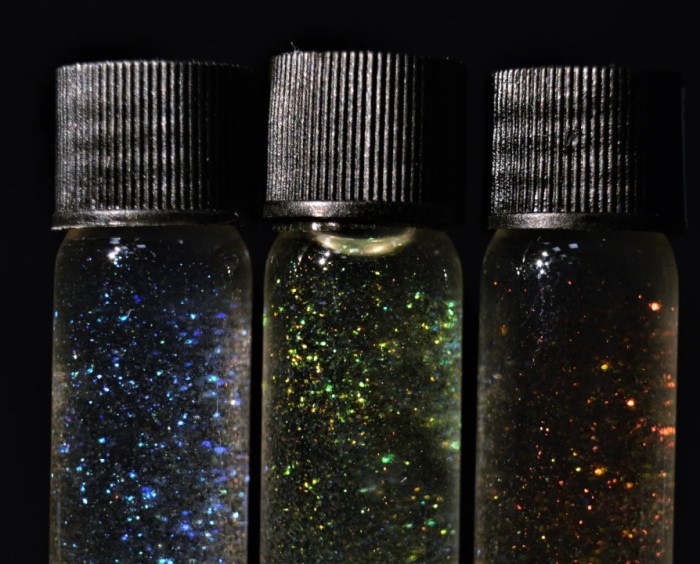
Vials of the wonderful plant-based glitter. (Sarah Collins/University of Cambridge)
So how is it made? Cellulose is the central building block of cell walls in plants, fruits, and vegetables. This material is extracted from the plants. According to the researchers, it can be taken from nearly any plant-based source: wood, coffee beans, mango and banana peel, and more!
The cellulose is then pressed into thin sheets. (In fact, cellulose sheets are often used already today as an eco-friendly replacement for plastic packing film.) And finally, the film is ground into tiny particles.
The magic happens thanks to a process called structural colouration, which happens as light hits microscopic cellulose crystals within the particles. The light gets bent as it reflects back, creating all sorts of vivid colours. This is actually the same sort of process that gives some butterflies and birds their lovely, iridescent wings!
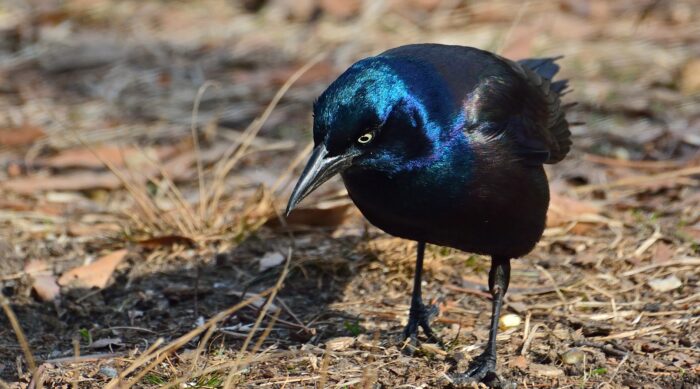
The iridescence of the feathers of this common grackle are another example of structural colouration in nature. The colours change as the light moves across the bird's feathers. (Getty Embed)
“Conventional pigments, like your everyday glitter, are not produced sustainably,” said Professor Silvia Vignolini, the study’s senior author, on the University of Cambridge website. “They get into the soil, the ocean and contribute to an overall level of pollution. Consumers are starting to realize that while glitters are fun, they also have real environmental harms.”
While vegan glitter won't save the planet on its own, it is an example of how there are many environmentally harmful processes and products that we can make green if we put our minds to it.
Here's to more inventions like this in 2023. Have a Happy New Year, everyone!
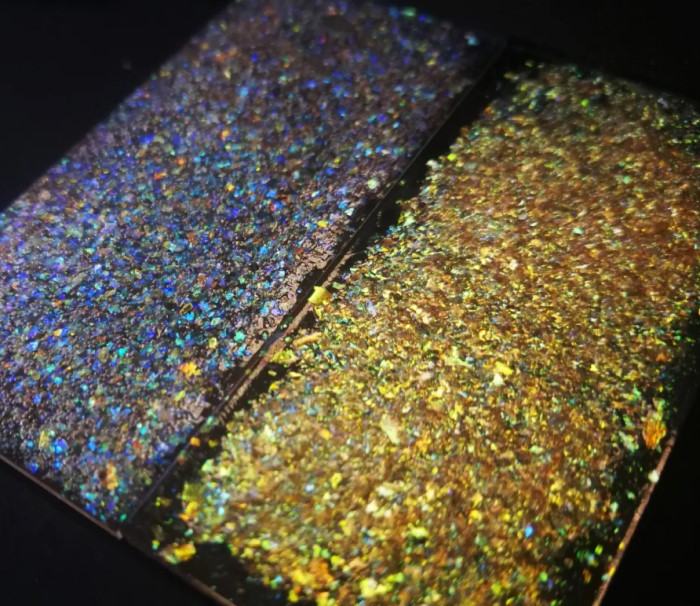 Pretty! Friendly! It's blue and gold vegan glitter! (Sarah Collins/University of Cambridge)
Pretty! Friendly! It's blue and gold vegan glitter! (Sarah Collins/University of Cambridge)
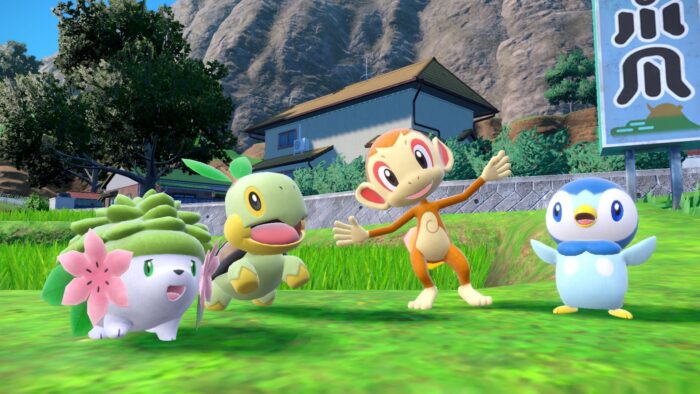





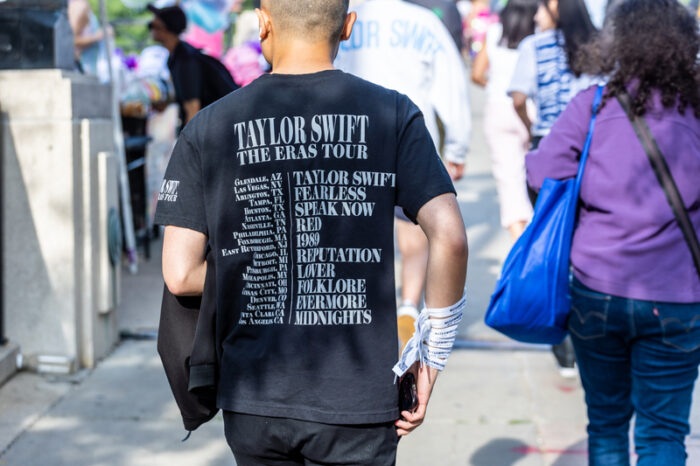

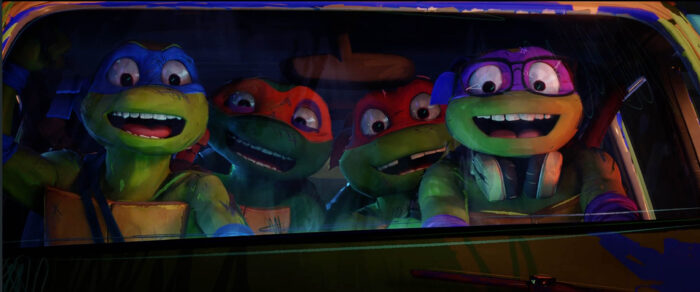

I found this article very interesting. I also have a question which is: “Are they selling biodegradable glitter anywhere yet? If yes where could I get biodegradable glitter?” Happy new year! 🙂
Wow thats actually so cool and so cool 😛